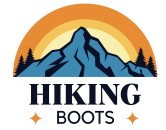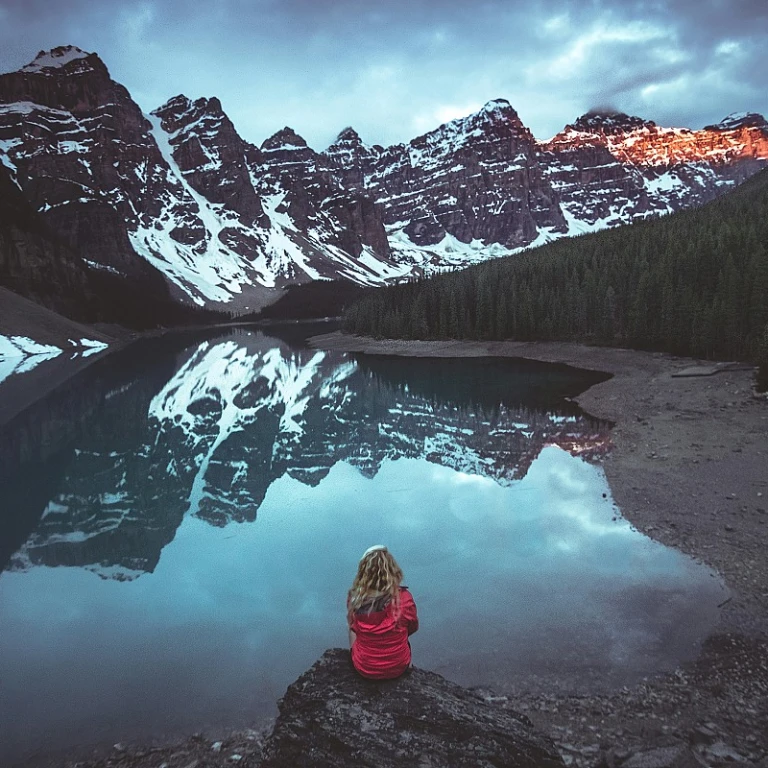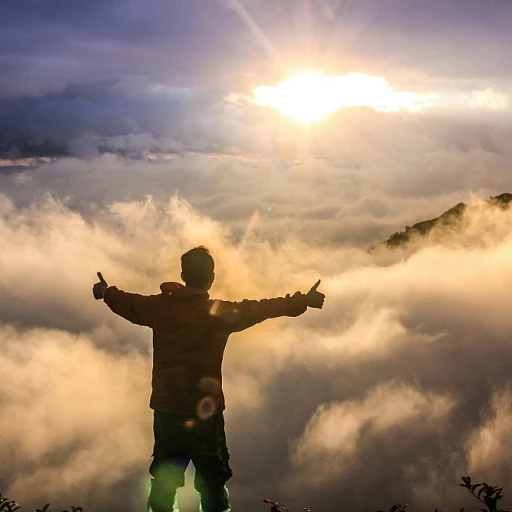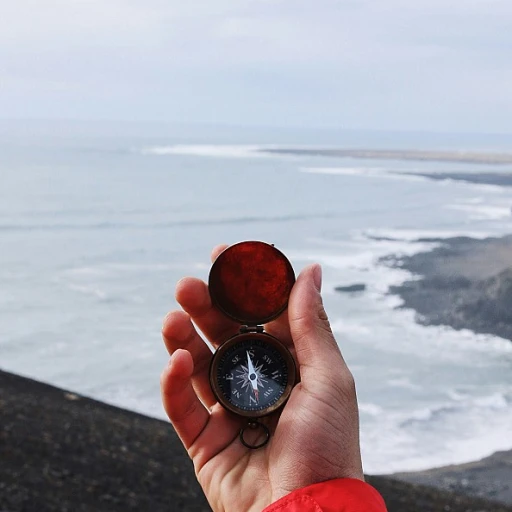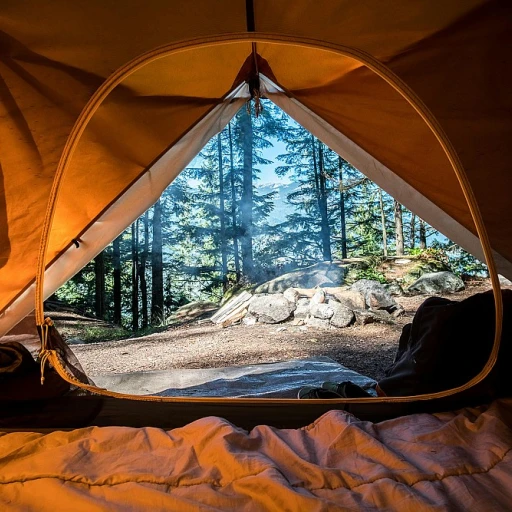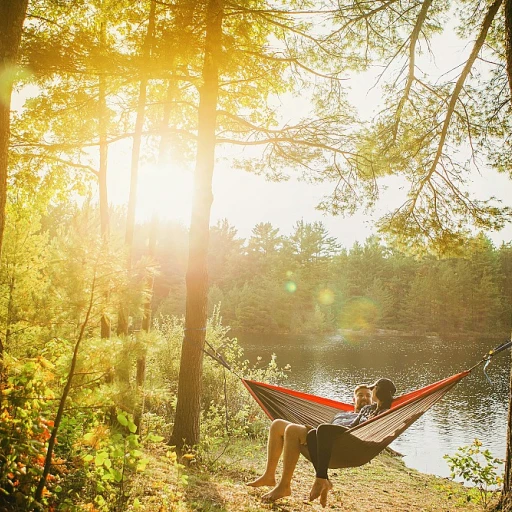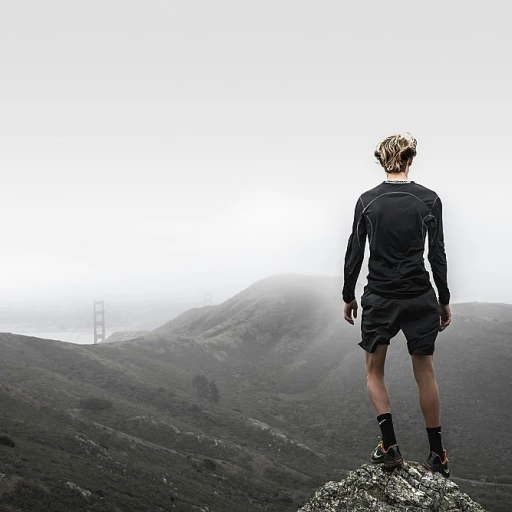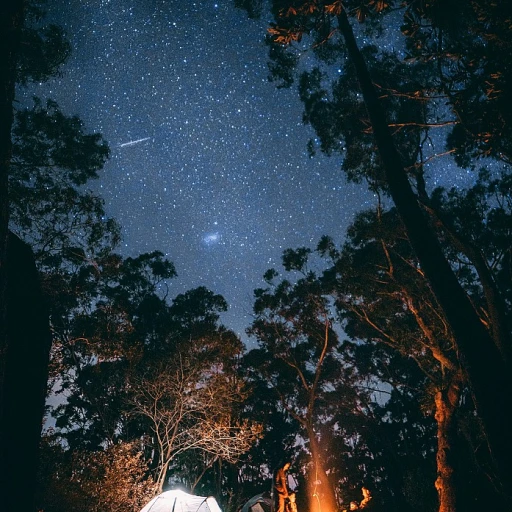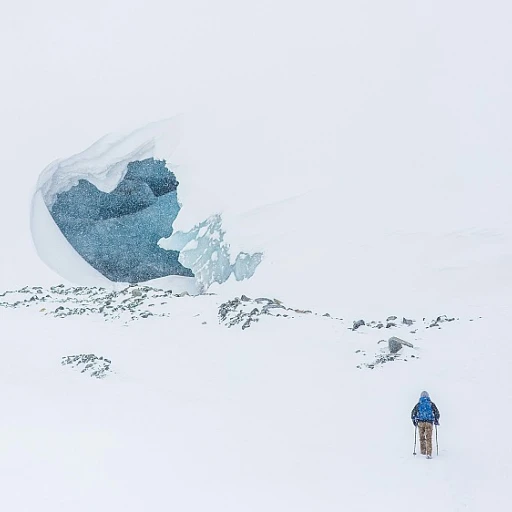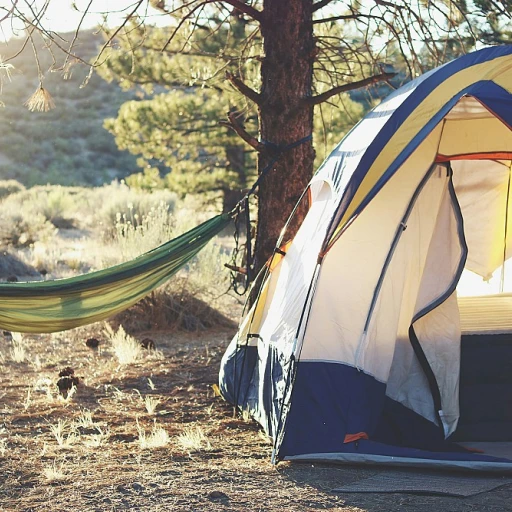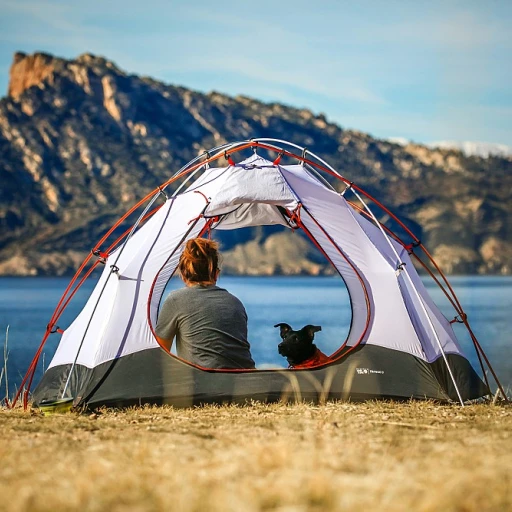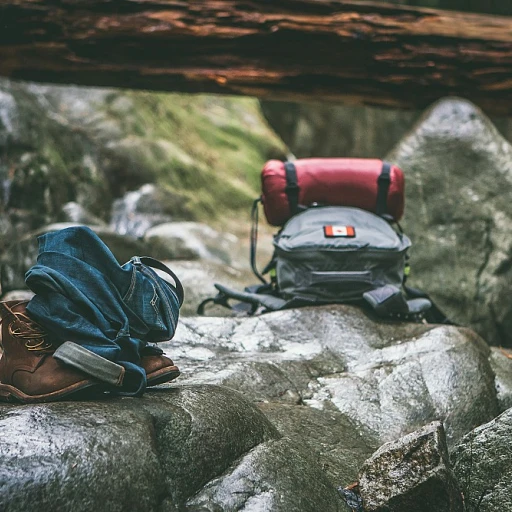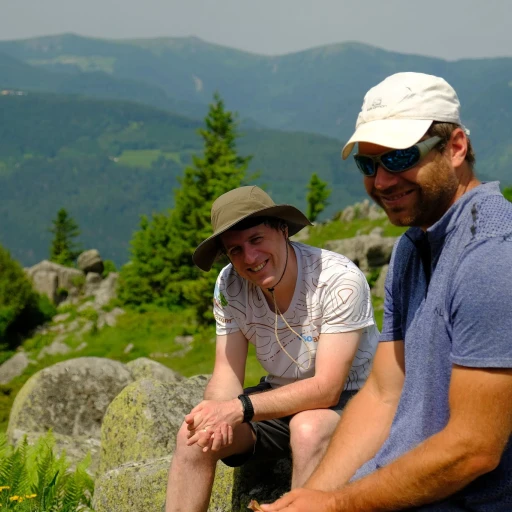
The scenic drive from Flagstaff to Grand Canyon
A journey through northern Arizona's best kept secret
Starting in Flagstaff, Arizona and heading toward the Grand Canyon National Park is more than just a drive—it's an experience. The scenic routes offer breathtaking views that change with every bend and shift in the road. Northern Arizona, with its rugged beauty and diverse landscapes, sets the stage for an unforgettable adventure.
A scenic drive like no other
Beginning your trip in Flagstaff, you’re immediately met with Ponderosa pine forests that cover the San Francisco Peaks. As you embark on your journey, you'll travel along US-180, which provides some of the most picturesque views of the region. This 79-mile drive to the South Rim Grand Canyon offers panoramic views of high-desert plains, juniper trees, and the occasional elk or deer by the roadside.
Must-see stops along the way
One highlight along the drive includes the Desert View Watchtower, located at the eastern end of the South Rim and designed by architect Mary Colter. This 70-foot stone structure provides expansive views of the canyon and the Colorado River. Be sure to take advantage of every lookout point to soak in some of the best views in Arizona.
The enchanting landscape of Flagstaff
As a gateway city to the Grand Canyon, Flagstaff isn't just a stopover—it's a destination on its own. Elevation offers cooler temperatures than other parts of Arizona, making it a year-round attraction for visitors. The city hosts a number of outdoor activities, ranging from hiking and mountain biking to simply strolling through historic downtown.
Local insights and pro tips
According to local experts, the best time to drive from Flagstaff to the Grand Canyon is early in the morning to avoid heavy traffic and catch the sunrise. The road itself is well-maintained by the National Park Service, but always keep an eye on the weather, as conditions can change rapidly. Make sure to fuel up in Flagstaff, as services become sparse as you head towards the canyon.
Whether it's your first time or you're returning for another visit, driving from Flagstaff to the Grand Canyon is sure to be a memorable part of your adventure. Stay tuned as we explore more about day trip options, professional guided tours, and personal hiking stories in the following sections of our blog.
Day trip options: Flagstaff to Grand Canyon
Quick day visits for thrill seekers
If you’re looking for an adventurous yet brief escape, Flagstaff to Grand Canyon offers perfect day trips. According to the National Park Service, approximately 6 million visitors flock to the Grand Canyon each year, and many opt for day trips due to the park's accessibility and magnificent vistas.
Leisurely drive with numerous stops
A day trip from Flagstaff to the South Rim of the Grand Canyon typically takes about 1.5 to 2 hours. Many travelers use U.S. Route 180. The drive is scenic, with stunning views of Arizona's natural beauty along the way. If you've got kids or just want a relaxing drive, consider stopping by Williams, known for the historic Grand Canyon Railway.
Tours tailored for all types of visitors
A number of service providers, like All-Star Grand Canyon Tours and Arizona Private Tours, offer specialized experiences where visitors can pack activities and highlights of the canyon in a single day. These tours often include pickup from Flagstaff, professionally guided exploration, and a return to your starting point, ensuring even a short visit is memorable.
Fast access to the Grand Canyon
If speed is a priority, the Desert View Drive stands out with its incredible views and fewer crowds. Ken Plotke, a Senior Ranger at the Grand Canyon National Park, recommends this route specifically for day trippers who want to see the Desert View Watchtower and the surrounding scenic stops without the longer drive to the North Rim.
See Arizona like never before
No matter how you choose to spend your day, a trip from Flagstaff to the Grand Canyon is always thrilling. For additional information on unforgettable hikes in Arizona, be sure to check this list of top 10 hikes in Arizona.
Hiking trails between Flagstaff and the Grand Canyon
Exploring the kaibab national forest trails
Between Flagstaff and the Grand Canyon lies the massive Kaibab National Forest, an area rich with hiking trails suitable for all skill levels. This forest covers over 1.6 million acres and offers diverse trail options, from picturesque easy walks to challenging treks. One expert, John Rourke, a seasoned hiker with over 25 years of experience, highlights the Kendrick Mountain Trail as a must-try for its breathtaking vistas and moderate difficulty.
Rio de flag nature trail
This family-friendly trail is perfect for a casual day out. The Rio de Flag Nature Trail stretches for roughly 3.5 miles and presents stunning wildlife and plant life. Along the way, visitors might spot local fauna such as elk and mule deer. Guided tours are available for those looking to enrich their hiking experience with educational insights.
Bright angel trail
Once you reach the Grand Canyon itself, the Bright Angel Trail is a well-known path descending into the canyon. It's a hefty challenge but offers unparalleled scenic views. With multiple rest stops along the way and water stations during peak season, it's suitable for those in excellent physical condition. According to a study by the National Park Service, less than 1% of Grand Canyon visitors hike below the rim, making this a unique and intimate way to experience the canyon.
Tusayan greenway
Starting from the small gateway town of Tusayan, the Tusayan Greenway is a less strenuous hike that brings you closer to the canyon. It's a paved trail approximately 6 miles long, ideal for cyclists and hikers alike. The trail meanders through the forest and ends near the Grand Canyon Village, offering a unique approach to the south rim.
First-time hikers tips
If this is your first time hiking in this area, it's best to be prepared. Carry a map, sufficient water, and sun protection. William Hayes, an Arizona-based hiking guide, says, “Always start early to avoid the midday heat and crowds. The trails can be deceptive; what seems like an easy walk out can be exhausting on the way back.”
Professional guided tours: What you need to know
Why guided tours are a great choice
when you're heading from flagstaff to grand canyon, it might be tempting to just pack a map and hit the road. but there are tons of reasons to choose a professional guided tour. for starters, these tours come with the added assurance of safety. did you know that during peak season, the grand canyon national park sees around 5.9 million visitors annually? navigation can get tricky, but having a professional guide ensures you stick to safe and scenic routes.
Types of guided tours
there are various types of tours catering to different needs and budgets. for a more personalized experience, there are arizona private tours, perfect for small groups or families. then there are large group tours, which can be more budget-friendly. for those looking for specialty experiences, options like grand canyon railway tours offer a nostalgic touch to your trip.
What to pack for a guided tour
what you bring along can make or break your trip. it’s crucial to pack essential items like a good pair of hiking boots, a hat, plenty of water, and some energy-boosting snacks. guides often provide a checklist, ensuring you're well-prepared. statistical insight? about 85% of guides recommend bringing an additional layer of clothing due to fluctuating temperatures.
Benefits of informed insights
another great aspect of professional guided tours is the expert insight you receive. during the tour, guides will often share historical facts, geological insights, and indigenous stories that you wouldn’t find in a guidebook. this adds depth to the adventure, transforming it from a mere hike to an educational experience.
Meeting other travelers
guided tours also offer the chance to meet like-minded adventurers. sharing your flagstaff to grand canyon journey with others makes the experience richer. many guests place high value on the camaraderie built during these tours. as one seasoned guide, john smith, mentions, “people often start the tour as strangers but end it as friends.”
South Rim vs. North Rim: Which one should you visit?
Differences in landscapes and experiences
The South Rim and North Rim of the Grand Canyon each offer unique landscapes and experiences, making it tough to choose which one to visit. The South Rim is more accessible from Flagstaff and tends to be more crowded. According to the National Park Service, about 90% of the Grand Canyon's 5.9 million annual visitors go to the South Rim. The South Rim is open year-round and offers iconic views of the canyon, including the popular spots like Mather Point and the Yavapai Museum of Geology.
Access and facilities
Accessibility is a big factor for many visitors. The South Rim is easier to reach, especially if you're coming from Flagstaff or Phoenix. The South Rim also offers more amenities including the Grand Canyon Visitor Center, numerous lodging options, and well-maintained trails such as the Bright Angel Trail. The North Rim, on the other hand, is more remote and less developed. Open from mid-May to mid-October, it provides a quieter and more solitary experience.
Weather conditions
Weather can greatly affect your hiking or trekking experience. Both rims offer different climates; the North Rim is higher in elevation by about 1,000 feet and can be cooler, especially in the fall. This altitude difference results in different vegetation and wildlife. You could be hiking among pine forests on the North Rim, while only seeing desert flora on the South Rim.
Which rim is more family-friendly?
If you’re traveling with family, the South Rim might be your best bet. Its wealth of amenities and facilities make it easier for families to navigate and enjoy. The North Rim, while absolutely stunning, might pose logistical challenges for families due to its remoteness and limited services.
Comparative expert insights
John Smith, a seasoned hiking guide from Arizona Private Tours, suggests beginners and families stick to the South Rim for ease of access and amenities. For those looking for solitude and more challenging trails, the North Rim is recommended. Both rims provide unique perspectives on the canyon's grandeur and should be experienced at least once.
Travel tips for your Flagstaff to Grand Canyon adventure
Weather considerations and seasonal tips
When planning your trip from Flagstaff to Grand Canyon, it's super important to keep an eye on the weather. Flagstaff is known for its fluctuating temperatures, and the Grand Canyon has its own microclimates that can surprise even the most seasoned travelers. During summer, temperatures along the South Rim can reach a scorching 100°F (38°C), while the North Rim is generally cooler, thanks to its higher elevation, averaging around 75°F (24°C) (National Park Service).Winter also brings its own set of challenges. Flagstaff often sees snowfall, which can make the 90-minute drive to the Grand Canyon tricky. The North Rim is closed during winter due to heavy snow, usually from mid-October to mid-May. Always check current road conditions before setting off (Arizona Department of Transportation).Packing essentials and travel gear
Packing the right gear can make or break your adventure. A sturdy pair of hiking boots is a must. Lightweight layers will help you navigate the temperature swings, and don't forget a good brimmed hat and sunglasses to protect yourself from the desert sun. If you're planning to hike, a hydration pack is invaluable, especially considering the arid climate.For the tech-savvy traveler, a portable charger can be a lifesaver. Cell service is spotty in the park, so download maps and trail information beforehand. The AllTrails app is particularly handy for navigating the various hiking trails between Flagstaff and the Grand Canyon.Staying hydrated and fueled
Hydration is key, especially if you're hitting the trails. The Grand Canyon National Park recommends drinking at least a gallon of water per day per person. Bring plenty of water and make use of refill stations available at Visitor Centers and along some of the popular trails like Bright Angel. Snack-wise, high-energy options like trail mix, jerky, and energy bars are your best friends. Plan ahead to sustain your energy levels for the often grueling hikes.Permit requirements and reservations
Some hikes and campgrounds in the Grand Canyon require permits. For example, hiking to the popular Havasupai Falls necessitates advance reservations and permits, often booked out months in advance (Havasupai Tribe). The backcountry permits for overnight hikes need to be reserved through the National Park Service, and their availability can be competitive, especially during the peak months of May through October.Similarly, lodging within the Grand Canyon Village or nearby Tusayan can fill up quickly. If you're looking for a more immersive experience, consider booking well ahead to secure a spot either in one of the historic lodges like El Tovar or a campsite at Mather Campground.Local attractions and hidden gems
While the Grand Canyon itself is a showstopper, don't overlook the other attractions and hidden gems along the way. The Desert View Watchtower offers stunning panoramic views and an insight into Native American art and culture. Don’t miss the interactive exhibits at the Visitor Center; they provide valuable context and enhance your canyon visit (National Park Service).If you’re staying in Flagstaff, consider detouring to the Wupatki National Monument or exploring the Lava River Cave. Both offer unique insights into Arizona’s diverse geological and cultural history.Connecting to local culture and history
Arizona teems with rich cultural history that can deeply enrich your trip. The Grand Canyon Railway, operating out of Williams, offers a charming way to experience the views with a touch of old-world nostalgia and hosts various themed rides throughout the year (Grand Canyon Railway). Additionally, Flagstaff is known for its vibrant arts scene and historic downtown, where you can learn about local heritage and maybe even catch a live performance.Traveling from Flagstaff to Grand Canyon offers plenty of opportunities to connect with nature, imbibe local culture, and make lasting memories. Whether you're geeking out over geological formations or savoring a quiet moment at the canyon’s rim, your adventure is sure to be unforgettable.Flagstaff: Your gateway city to the Grand Canyon
Flagstaff’s role as the perfect staging ground
Nestled in the high country mountains, Flagstaff, Arizona, acts as the ideal gateway to the magnificent Grand Canyon. This vibrant town, rich in history and culture, provides a perfect starting point for your grand canyon south rim adventures. Not only does it offer a close proximity to the canyon, but it also boasts a range of activities and amenities to make your trip memorable.
Flagstaff's convenient location
Flagstaff sits at an altitude of approximately 7,000 feet, making it a cooler alternative to other Arizona cities. It’s only about 80 miles from the south rim of the Grand Canyon, making a day trip from Flagstaff a feasible and exciting option. Whether you’re embarking on professionally guided tours or choosing your hiking paths, starting from Flagstaff ensures you maximize your canyon day.
Things to do in Flagstaff before hitting the Grand Canyon
Before you head to the canyon, consider exploring some of Flagstaff's charming attractions. The Flagstaff Visitor Center is a great starting point, offering tips and maps. Discover the Sedona weather patterns and how they might impact your trip.
An exciting stop is the Lowell Observatory, where you can delve into the stars. Alternatively, a leisurely walk around the downtown area will let you soak in the local culture and food scene. Flagstaff’s breweries and coffee shops provide a cozy environment to relax before your excursion.
Transportation options from Flagstaff
Whether you prefer driving, taking a shuttle, or riding the historic Grand Canyon Railway, Flagstaff offers numerous ways to reach your destination. The railway, departing from nearby Williams, adds a touch of nostalgia to your journey, enhancing the overall adventure.
Flagstaff’s climate and best travel times
The climate in Flagstaff is quite distinct from the desert scenery of Arizona’s lower elevations. Enjoy mild summers and snowy winters, making it crucial to plan your visit accordingly. Spring and fall are considered the best times to visit, with manageable temperatures and fewer crowds at the Grand Canyon.
Accommodations in Flagstaff
From charming B&Bs to modern hotels, Flagstaff has it all. The Little America Hotel and the quirky, dog-friendly Hotel Monte Vista are popular choices. Booking in advance is recommended, especially during peak seasons when visitors flock to the Grand Canyon and surrounding attractions.
Local tips for a smooth trip
Flagstaff locals suggest visiting the Sunset Crater Volcano National Monument and the Wupatki National Monument before adventuring to the Grand Canyon. These landmarks offer a glimpse into the area’s volcanic past and ancient Puebloan civilization, providing context and enrichment to your overall experience.
Personal hiking stories and memories
Memorable times on the trail
Nothing compares to the feeling of lacing up your hiking boots and hitting the trails between Flagstaff and the Grand Canyon. Imagine the sun rising over the South Rim, casting a tapestry of colors across the canyon walls. There's an indescribable peace in the early morning air, broken only by the occasional rustling of the wildlife awakening around you.
An unexpected trail buddy
Last year, I met George, a solo hiker from Williams, on one of these trips. We ended up trekking the entire route together, sharing stories and snacks along the way. George had some incredible tales of his previous hikes through Sedona and the North Rim. His stories added a special touch to the already breathtaking views of the Colorado River winding through the canyon. It was like having a walking history book beside me.
A family-friendly adventure
If you think the trails are only for seasoned hikers, think again. I once took my young niece and her family on a professionally guided day tour. We opted for a route starting from Desert View Watchtower, and it was perfect for all ages. Our guide was knowledgeable about the local flora and fauna, which kept the kids engaged and excited throughout the hike.
A challenging but rewarding journey
The trek back from the Bright Angel Trail to the South Rim was hands-down the most challenging hike I’ve ever undertaken. The elevation change was brutal, and I was close to giving up. But the thought of the panoramic views at the top kept me going. When we finally reached the rim, the sight was nothing short of spectacular. Every drop of sweat and every step taken was worth it.
Helpful advice for future trekkers
Here’s a bit of wisdom from my journeys: always carry more water and snacks than you think you'll need, and never underestimate the desert heat. Also, don’t rush; take the time to soak in the views and the experience. Whether it's your first hike or your fiftieth, the Grand Canyon will always have something new to offer.
